Growing Good, how Manuka Honey can support healthy skin inside and out.
Written by: Amanda Foxon-Hill for Nature’s Gold.
It is almost impossible these days to find someone that isn’t talking about or trying to nurture their ‘good bacteria’ in order to improve their overall health and wellbeing. Our growing appetite for natural ways of improving our inner and outer vitality (and beauty) has helped boost funding levels for research into many natural materials including some that we had previously overlooked, feeling they were too rustic, alternative or overly simplistic. Manuka Honey has been one such funding recipient and it turns out that this ingredient has even more to offer than we initially gave it credit for, especially when it comes to supporting our good bacteria.
In this article we take a look at what we actually mean when we use the terms ‘good’ and ‘bad’ bacteria, discover the difference between pre and pro biotic ingredients and find out once and for all where Manuka Honey fits into this fascinating puzzle!
The bad, the good and the hungry.
It’s quite likely that most people know of how bacteria can make us sick, we’ve heard of and possibly fear diseases such as tuberculosis, meningitis and typhoid, but what do we know about good bacteria? For example, did you know that bacteria play a key role in turning dead plant and animal matter into soil? Not only that, but bacteria also help plants grow in many ways, including assisting the plant in the uptake of soil nutrients. If we then go on to eat that plant it is bacteria that help us digest that food, breaking it down into energy, new cells and brilliant new ideas! We can quickly see that without bacteria there would be no soil, no food crops and no way of us extracting the goodness from our food so we have a lot to thank good bacteria for!
While all of that is happening on the inside, the outside is also benefiting from bacteria too. Our good bacteria is part of our first line of defence from external challengers, acting like little soldiers our skin, the good bacteria challenges anything that attempts to breach our defences thus maintaining barrier integrity and strength. Scientists have discovered that improving the skin microbiota (including the good bacteria) either through improving digestive health or applying microbe friendly products to the skin helps to prevent infection and improves the appearance of skin in conditions such as eczema, psoriasis, rosacea and acne. While we were once told that cleanliness is close to godliness, it looks increasingly like being over-zealous with our personal hygiene or cleansing using harsh ingredients is damaging for us is that we disturb or completely destroy this tiny, helpful army, leaving our skin vulnerable and out of sorts.
So how do we achieve a good balance between clean but not barren?
Pro and pre-biotic ingredients come into their own in helping us to balance the desire for cleanliness and disease avoidance with our need to protect the integrity of the skin barrier and, as part of that, our good bacteria.
The word ‘probiotic’ is another way of saying ‘good bacteria’. The bacteria that constitute the ‘good’ type are different for different parts of our bodies – so what we need in our gut is quite different to what we need on our skin. Further, the type of bacteria that flourish under our armpits in that moist, dark environment, differ from that which exist on our nose or cheeks which are typically dryer but can tend towards being a little oily. Many cosmetic manufacturers are now researching ways to add ‘good’ bacteria into their formulations to help to boost their numbers on the skin and hopefully help to keep the skin functioning optimally. But Manuka Honey is not really acting as a pro-biotic when we use that, to discover the role Honey plays we have to look elsewhere!
Just like us, for bacteria to function it need food and the name we give to ‘good’ bacteria food is ‘pre-biotic’. With regard to gut health we tend to find that long chain, poorly digestible insoluble fibre acts as a pre-biotic, feeding our guts good bacteria so that they can thrive. When the good bacteria thrive, they crowed out the bad, leaving our guts in optimal condition so they can help us with our food processing needs. This is also the case on the skin. Research into the pre-biotic nature of Manuka Honey is very new with many of the papers only being published in the last year or so. It looks very much like Manuka Honey has a number of roles to play both on the skin and in the body, one of which being its role as a pre-biotic.
Scientists have known that Manuka Honey can kill pathogenic microorganisms since the 1980s but we are only just starting to learn how it works as a pre-biotic. A 2008 study found that Manuka Honey increased probiotic bacteria growth rate under test conditions although how it achieved that was not then understood. A more recent test from 2017 studied the prebiotic effect of Manuka Honey in both cell culture (test tube) and mice. It found that the mice fed with manuka honey had healthier gut microbiota. While the mechanism for this effect is still being investigated it is likely that the non-digestible oligosaccharides (sugars) are acting as fermentable prebiotics that help to push the gut balance in favour of growing good over bad bacteria. This also seems to be the case on the skin.
Honey, a natural skin saver!
It looks increasingly like Manuka Honey can positively influence the skin both when applied topically and when ingested thanks to its role as a pre-biotic or good-bacteria food. This is yet another reason why we believe you should stick to honey for all of your skin care needs. The future is bright for Nature’s very own golden elixir, Manuka Honey.
You can find Nature's Gold range of Therapeutic skincare for problematic skin here and our beautiful everyday skincare range here.
References:
- http://journals.plos.org/plospathogens/article?id=10.1371/journal.ppat.1004833
- https://www.britannica.com/science/bacterial-disease
- https://www.comfortzone.it/en/mag-news/skin/good-bacteria-protect-our-skin/
- https://www.deepdyve.com/lp/springer-journals/the-role-of-microbiota-and-probiotics-and-prebiotics-in-skin-health-PntqbLyBcm?
- https://www.deepdyve.com/lp/elsevier/probiotics-in-dermatologic-practice-ALM3H48yqR?articleList=%2Fsearch%3Fquery%3Dprobiotic%2Bdermatology%26numPerPage%3D50
- https://www.deepdyve.com/lp/ubm-advanstar/skincare-with-probiotics-worth-the-hype-RXFhvhw05e?impressionId=5b67d7403fe15&i_medium=mydeepdyve&i_campaign=lists&i_source=lists
- https://www.deepdyve.com/lp/wolters-kluwer-health/manuka-honey-a-case-study-of-severe-atopic-eczematous-dermatitis-0slYz48QG0?impressionId=5b67d9b2d7554&i_medium=mydeepdyve&i_campaign=lists&i_source=lists
- https://www.deepdyve.com/lp/springer-journals/the-controlled-in-vitro-susceptibility-of-gastrointestinal-pathogens-ZjtFi5G5p4?impressionId=5b67d99d1ddb7&i_medium=mydeepdyve&i_campaign=lists&i_source=lists
- https://www.deepdyve.com/lp/wolters-kluwer-health/effect-of-manuka-honey-on-eyelid-wound-healing-a-randomized-controlled-JHLOpRsS2H?impressionId=5b67d9d9ccbe1&i_medium=mydeepdyve&i_campaign=lists&i_source=lists
- https://www.deepdyve.com/lp/pubmed-central/therapeutic-manuka-honey-no-longer-so-alternative-cBnI060ua7?impressionId=5b67da5d44a5e&i_medium=mydeepdyve&i_campaign=lists&i_source=lists



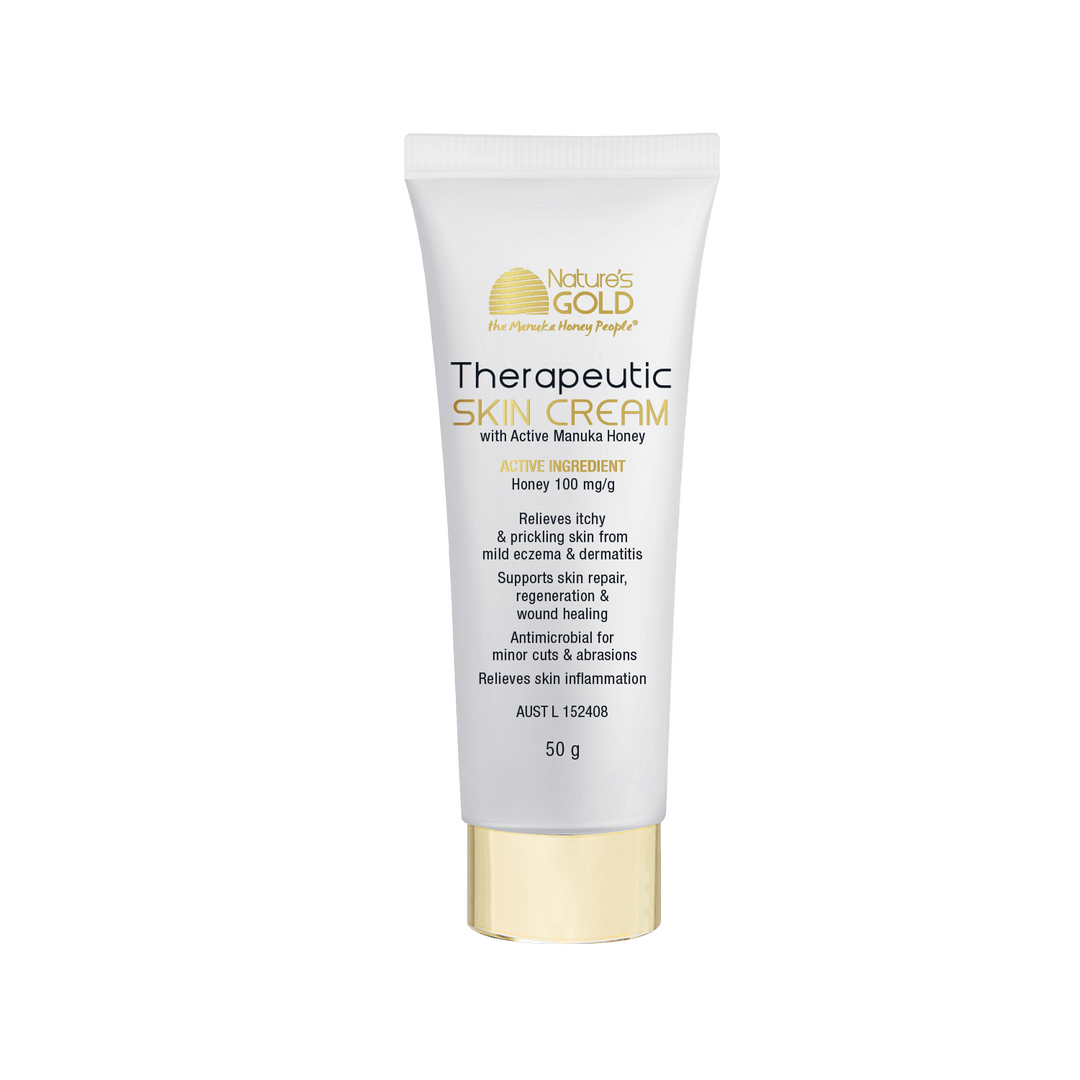
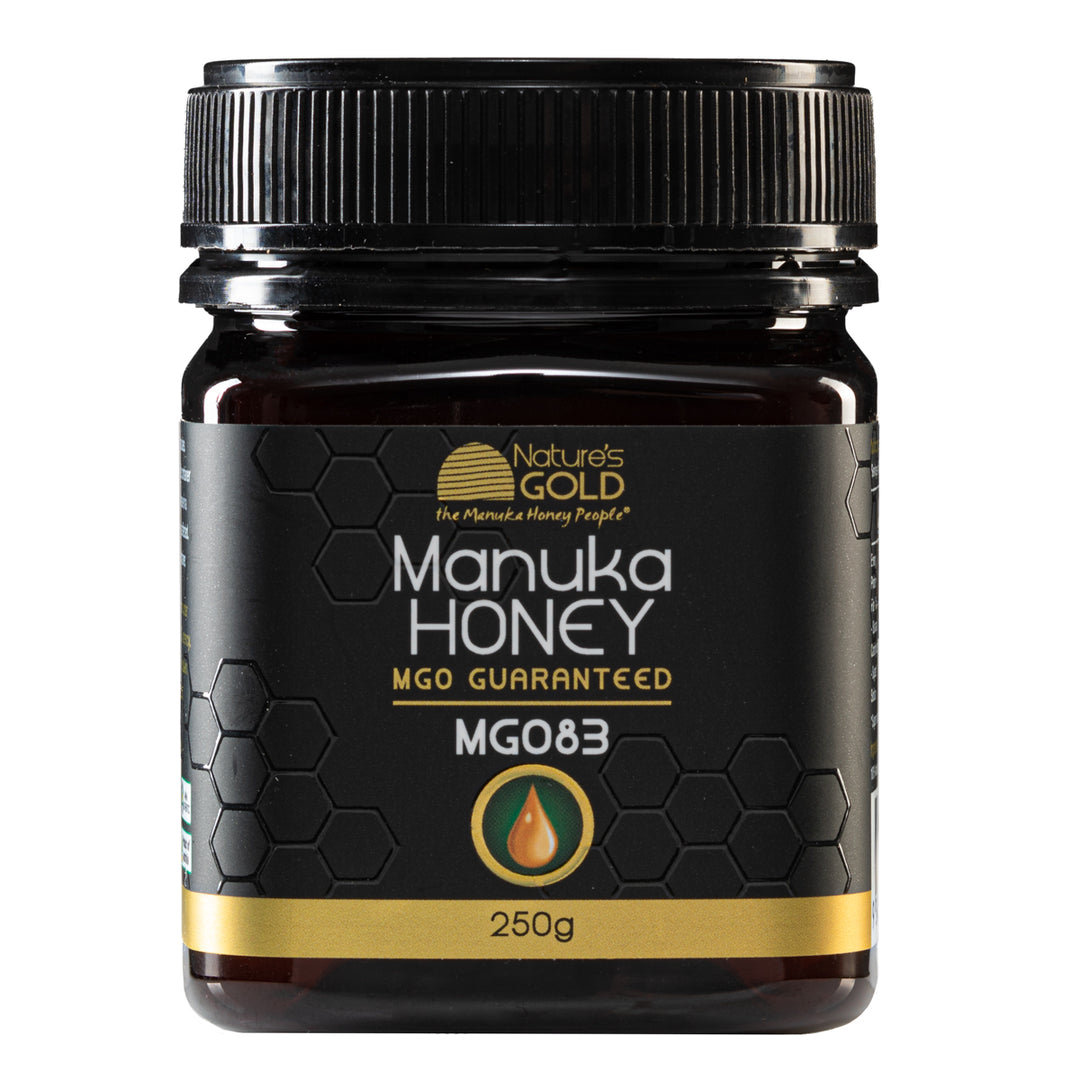
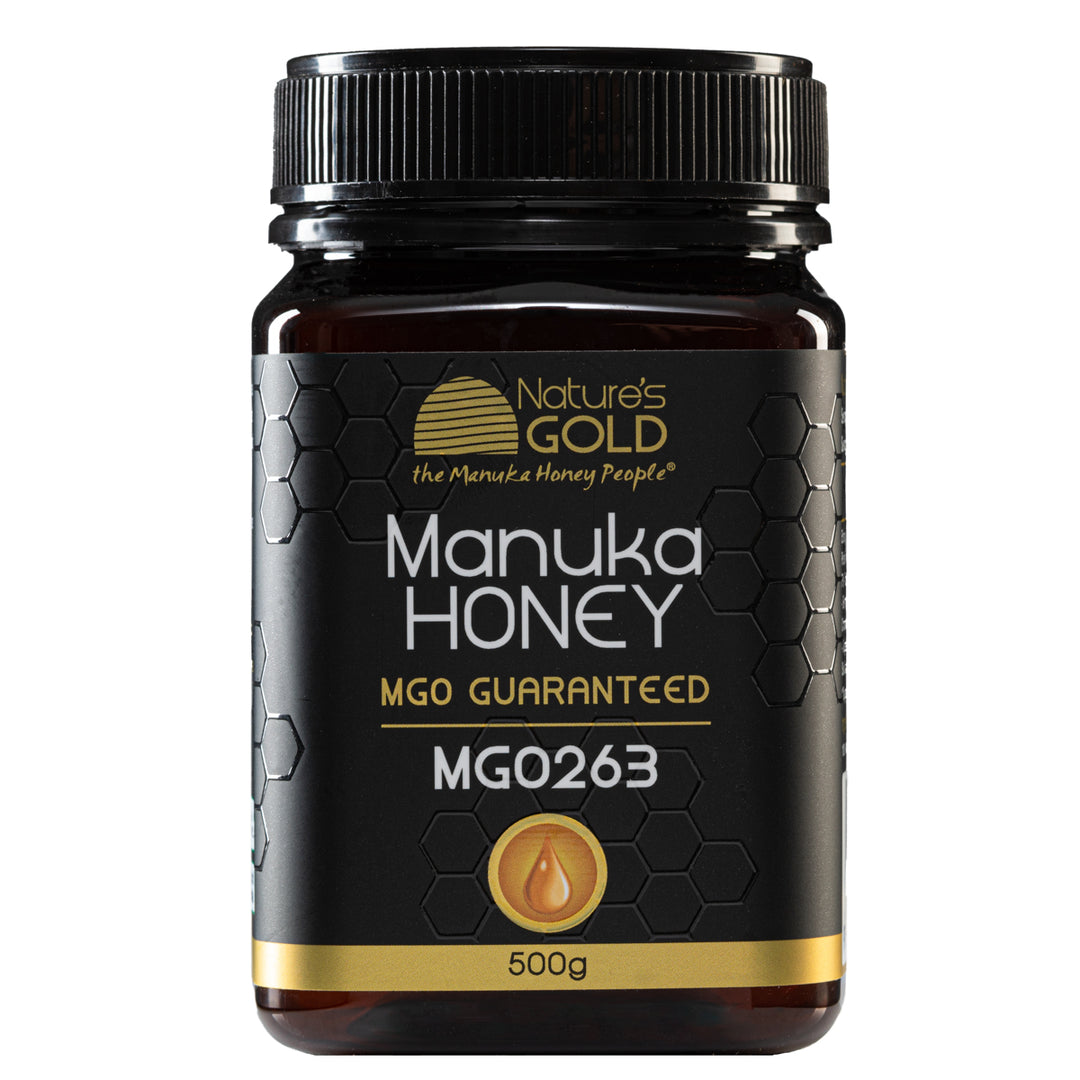
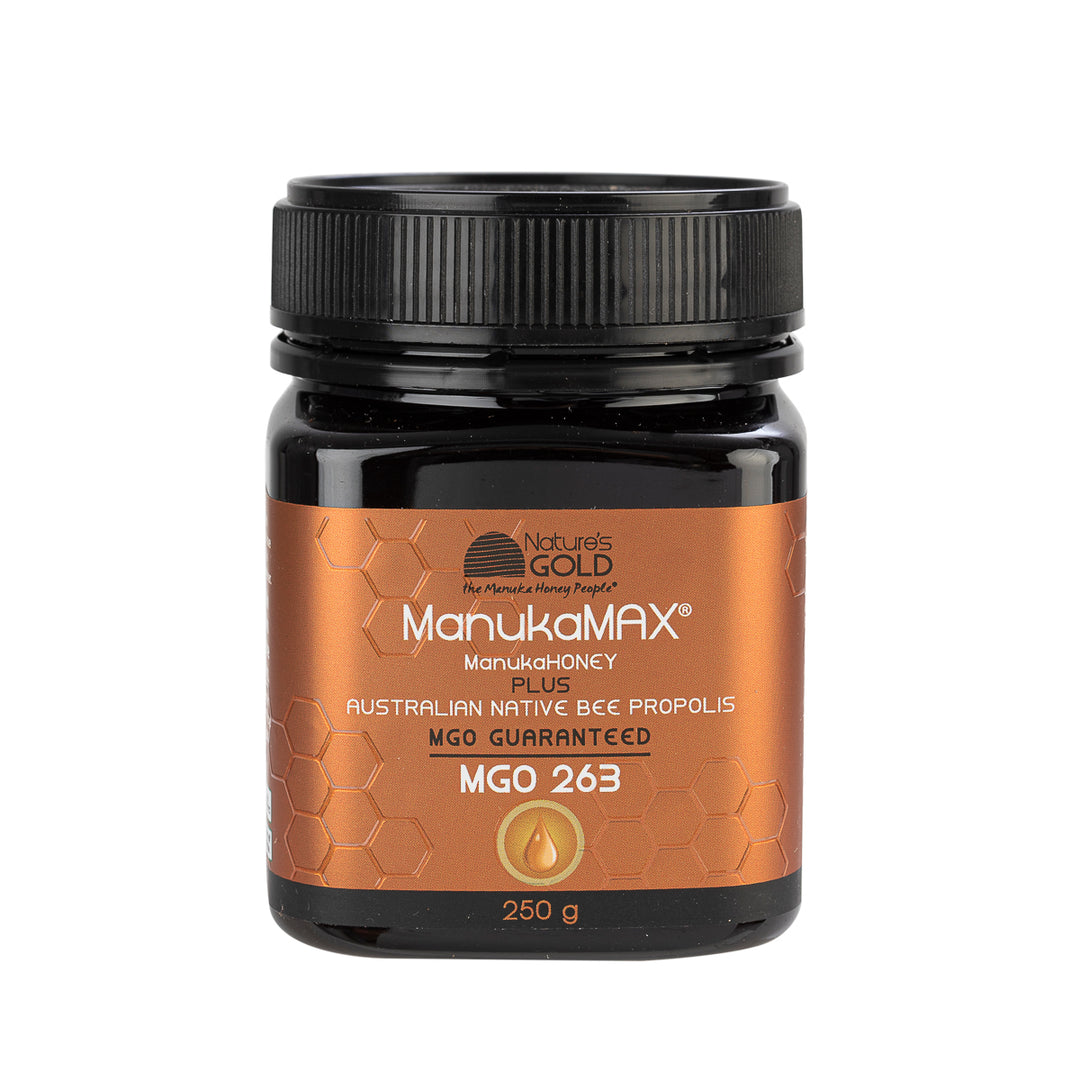
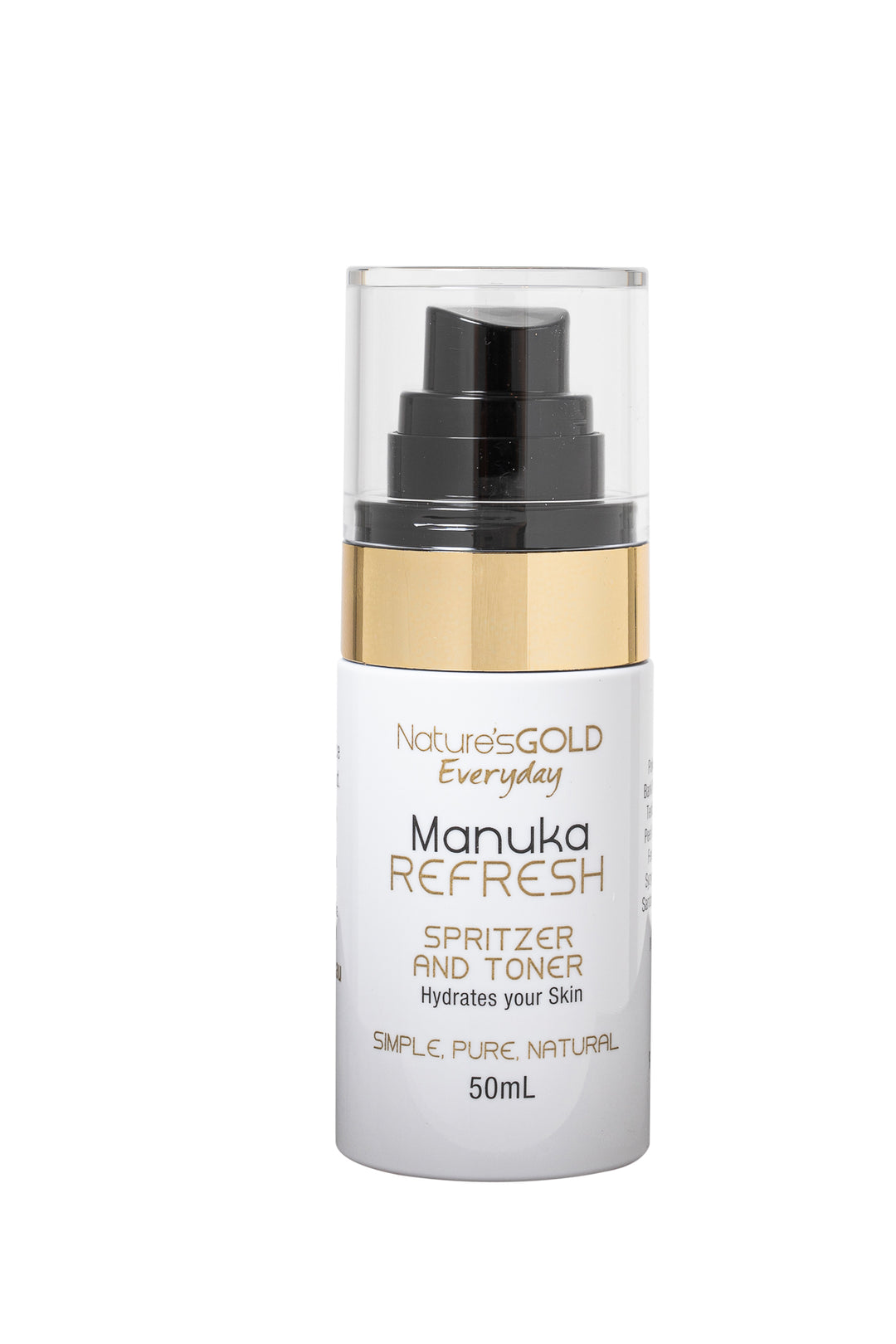
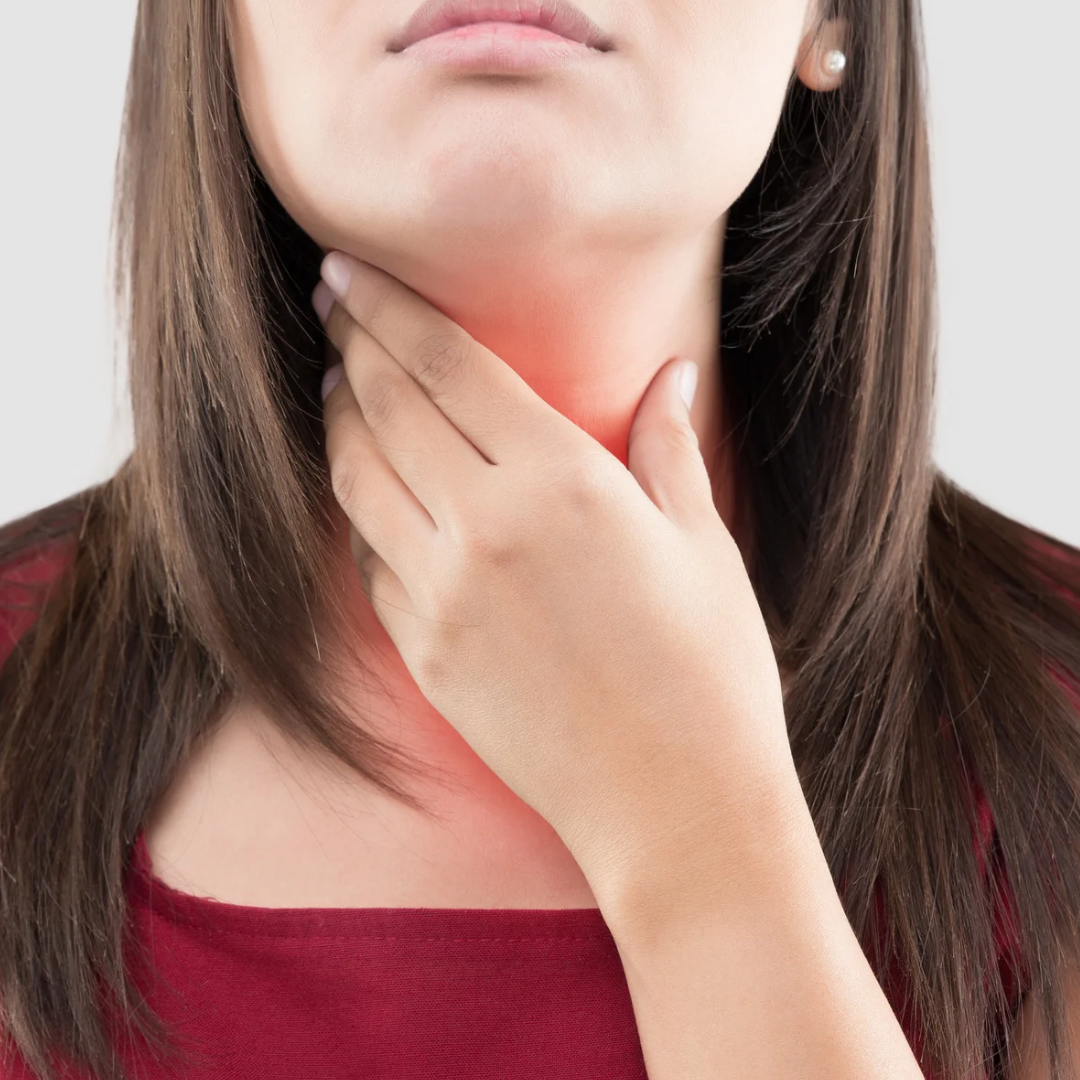
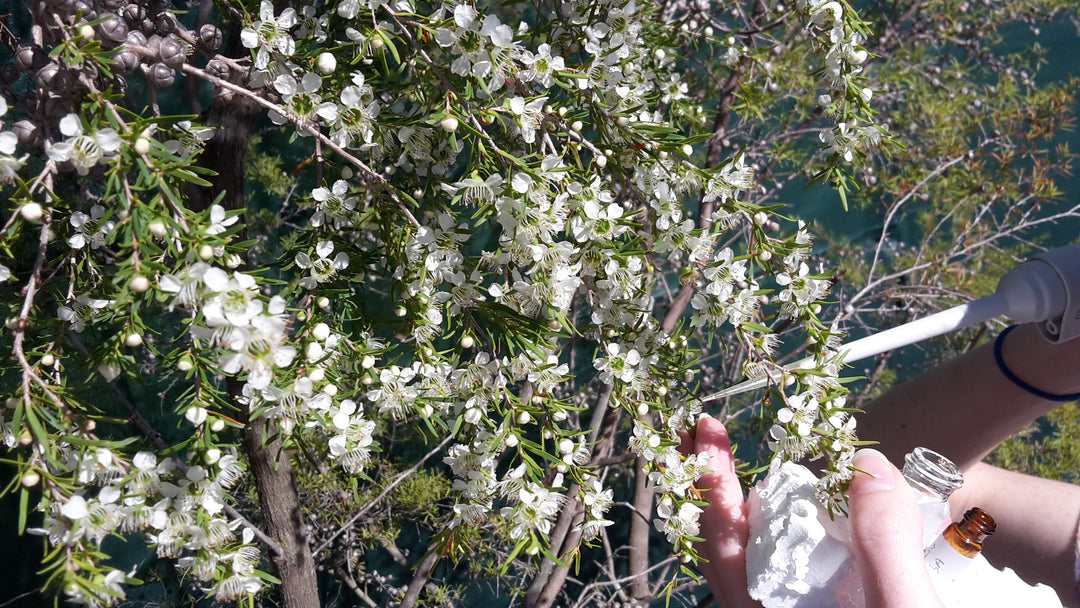
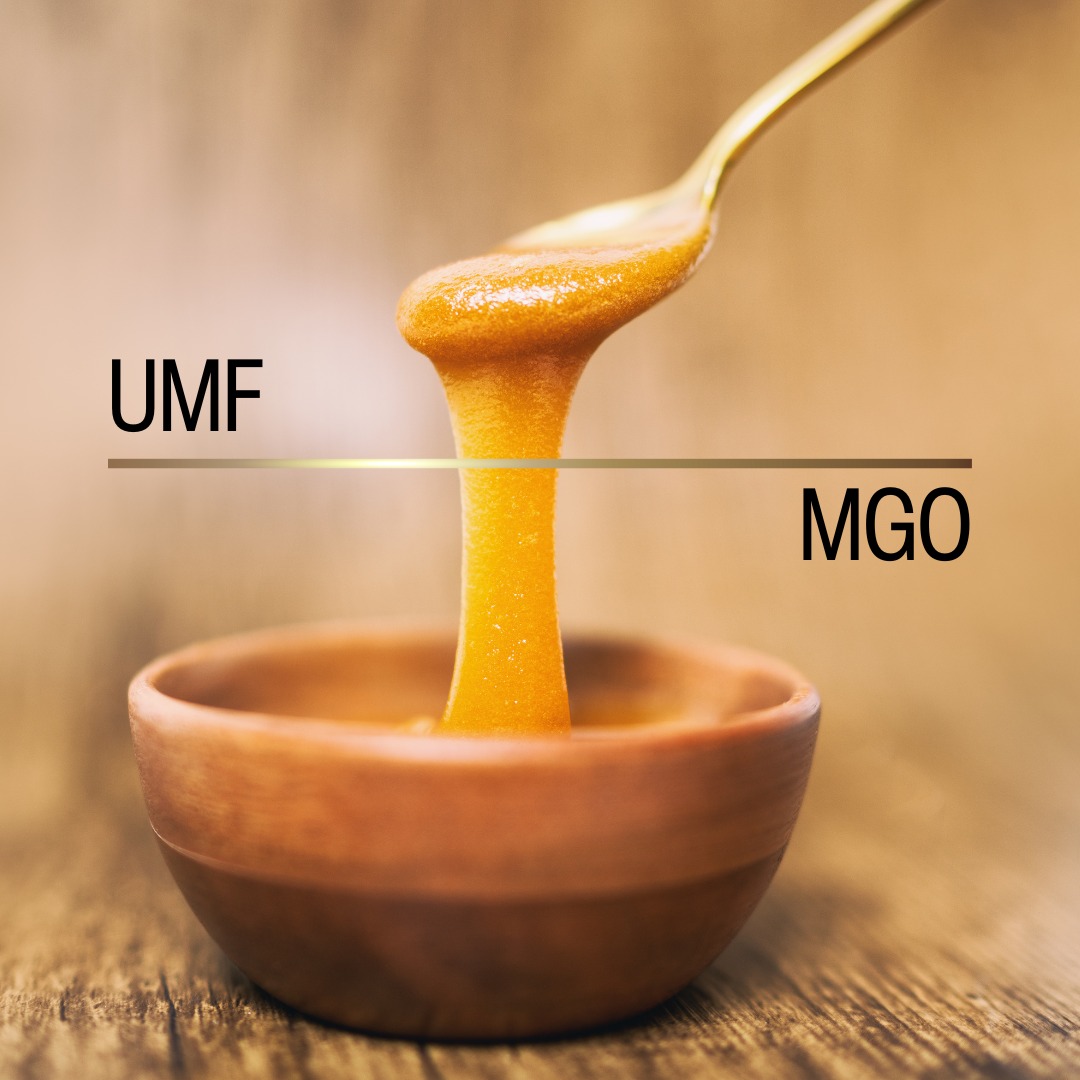
Leave a comment